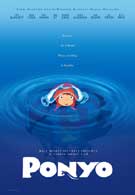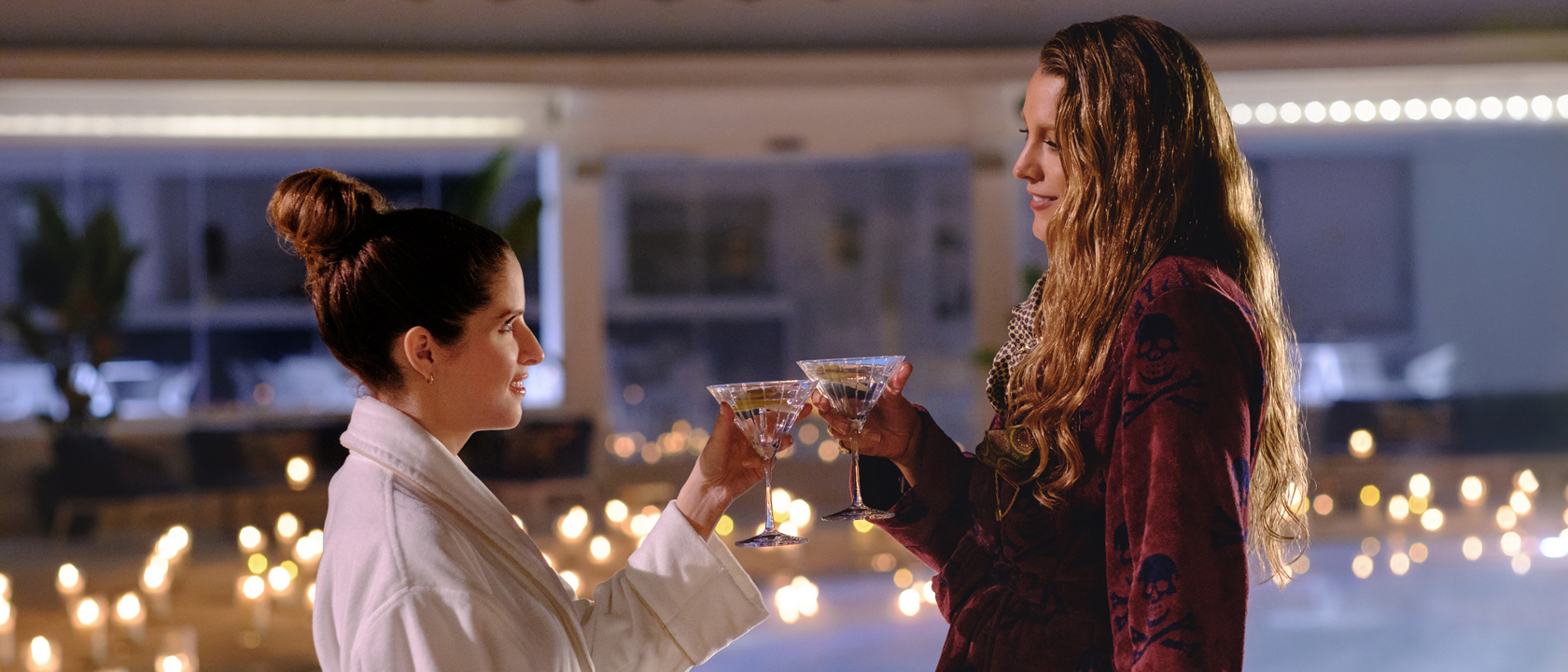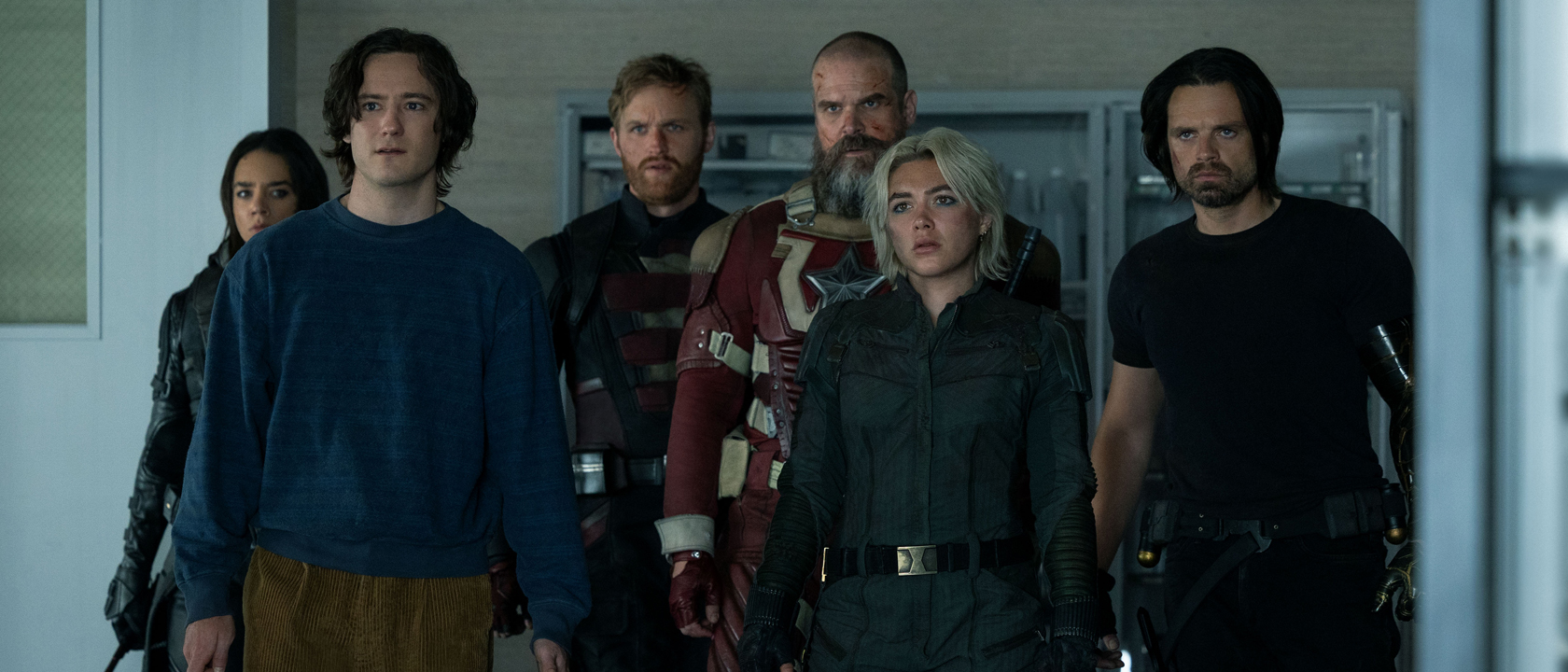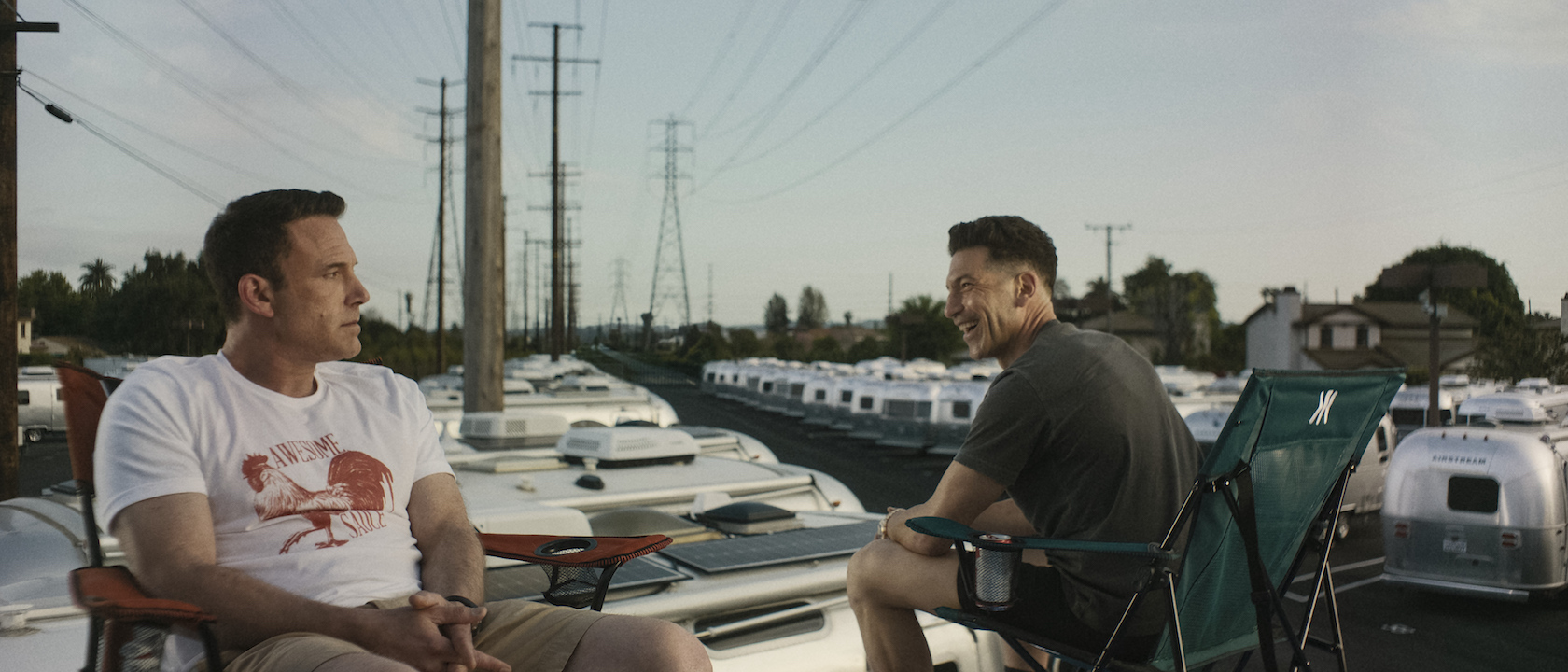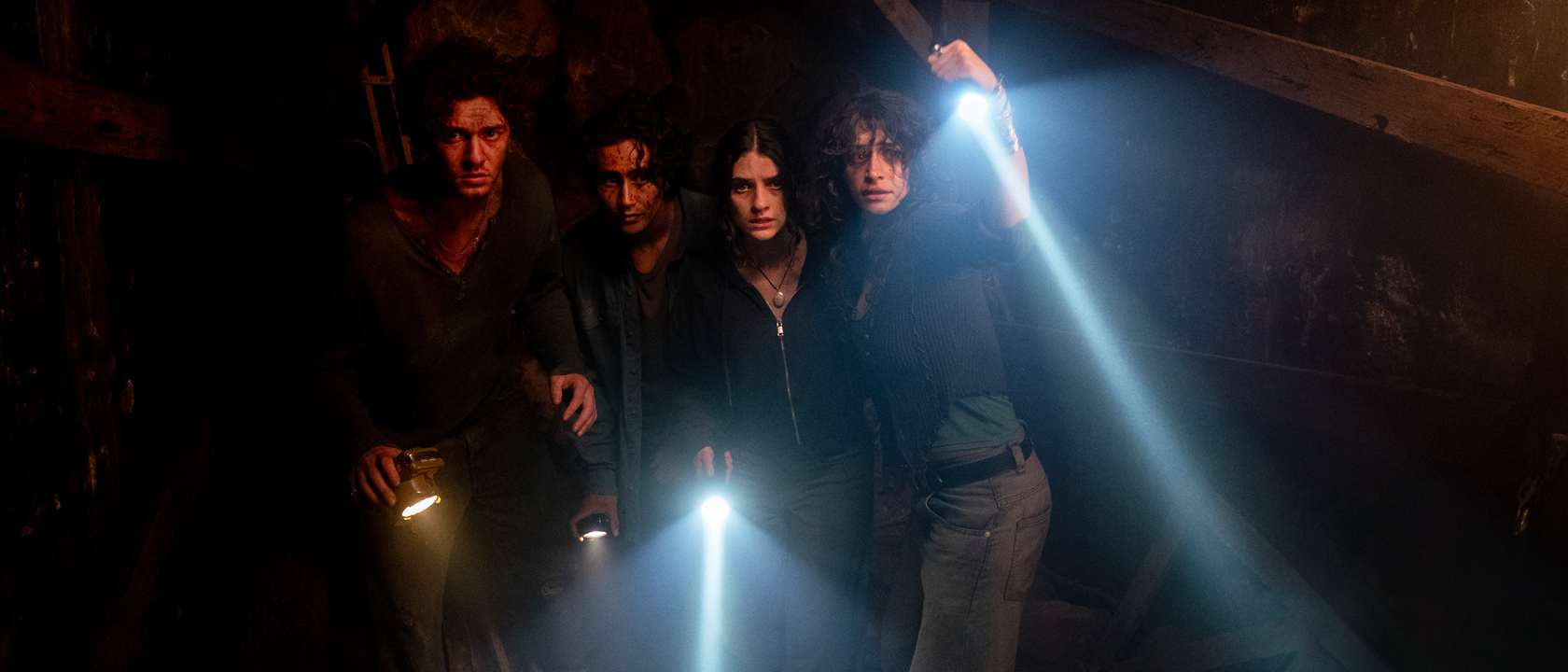Whether or not you can buy into his candy-colored, anime-influenced style, it's impossible not to be dazzled by Hayao Miyazaki. The Japanese animation giant has always specialized in fairy tale stories that let kids star in their own adventure, with some of them becoming classics-- Princess Mononoke-- and some not. Ponyo is likely one of the more forgettable ones, a loose adaptation of "The Little Mermaid" that's full of fantastic visuals and genuine whimsy, but a little lax when it comes to plot logic or meaningful themes.
Set in Japanese seaside town that that's all cliffs and crashing waves, Ponyo first opens just offshore, where a sorcerer dressed like a circus ringmaster transforms the fish around him, while inside, a little girl goldfish breaks away from her sisters and floats up to the surface to see what's happening up above. Though the sorcerer's origins and purpose are largely left vague, we learn that he's got Liam Neeson's booming voice and a protective, almost sinister affection for his daughter, whom he calls Brunhilde but will soon be dubbed Ponyo (voiced by Noah Cyrus, younger sister of Miley and possessor of one of the most shrill child voices known to man).
As Ponyo bobs to the surface she gets trapped in a glass jar, and is freed by Sosuke (Frankie Jonas, younger brother of the other Jonases and slightly less annoying than Cyrus). As only a five-year-old can do, Sosuke is immediately smitten by Ponyo, especially after she magically heals a cut on his finger by licking it (yes, this goldfish has a tongue. Just go with it). Turns out, a lick of blood gives Ponyo the power to turn into a human girl, and soon she and Sosuke are romping about his clifftop house while his somewhat baffled mother (Tina Fey, doing her best) goes along for the ride.
What happens in the rest of the film doesn't make much narrative sense, but involves a giant storm, Sosuke's mom going missing, and Ponyo's mom-- a giant ocean goddess voiced by Cate Blanchett-- showing up in the end to explain it all. The problem with Ponyo is that it goes beyond children's storybook logic into total chaos, allowing characters to seem evil one moment and doting the next, and forcing people to make completely irrational decisions to the sake of the story. Clearly Ponyo is taking place in a world where reality and the fantastical have collided, but the lines are never drawn clearly enough between the two to make sense of where you are from one minute to the next.
But as in most of Miyazaki's films, the flights of fancy give the master animator a chance to whip out some truly wondrous visuals. No sea creature is without strange details and shimmering colors, and even the waterlogged, visibly polluted sea village glimmers with bright pastels the day after the storm. The film's showstopper happens when the storm pushes now-human Ponyo back on to land, as she runs along the backs of giant fish that, to everyone but Sosuke, seem to just be waves. It's not the photorealistic water animation of Finding Nemo, but something far more expressionistic and strange. Miyazaki has the ability to see in the world what a child sees, imagine creatures and adventures out of simple shapes, and with that vision makes Ponyo a beautiful, bizarre world to inhabit.
So if you're into it for the brilliant animation, just let the story wash over you, and assume that the crazy explanations about the world being out of balance and old people suddenly playing tag made more sense in the original Japanese. Ponyo is a film for Miyazaki converts and very young children, two groups that will shrug off story concerns and just enjoy what they're seeing. I felt more ambivalent about the whole experience, but I wouldn't dare dissuade anyone from visiting a place where little girls can run on the backs of waves. As a movie, Ponyo can be hit-or-miss; as a pure escape, it's unbeatable.
Staff Writer at CinemaBlend
